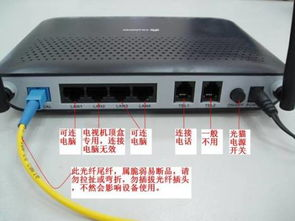Broadband Package Pricing Variances, Understanding the Factors Behind Cost Differences

Factors Influencing Broadband Pricing
When considering broadband services, consumers often encounter a wide range of prices. The cost of broadband can depend on numerous factors, some related to the provider's expenses and others dictated by consumer choice and market conditions. Understanding these variances can aid consumers in making more informed decisions regarding their internet service.
One primary factor influencing broadband pricing is infrastructure. The existing network infrastructure, the technology used, and the condition of equipment can significantly affect the cost. Regions with outdated infrastructure may require providers to invest heavily in upgrades or new installations, costs which are often passed down to consumers.
Another critical factor is competition. In areas where multiple providers vie for market share, prices tend to be lower due to competitive pricing strategies. Conversely, in regions where one provider holds a monopoly, prices can be higher. This lack of competition limits consumer choice and can lead to higher costs.
The difference in broadband package pricing is also influenced by service level agreements (SLAs). Higher-tier packages offering better speeds, more reliability, and additional features such as unlimited data or bundled services are generally priced higher. Consumers paying more for premium services expect a higher level of service delivery, which in turn justifies the increased cost.
Additionally, regulatory factors play a significant role. Governments can influence broadband pricing through regulations and policies. In regions with stringent regulations, providers may face higher costs of compliance, which can be reflected in the pricing of their services.
Furthermore, demographic and geographic factors cannot be ignored. The economic status of a region, the cost of living, and even consumer demand can all influence broadband pricing. Rural areas often face higher prices due to the increased costs associated with extending services to less populated or harder-to-reach areas.
This article provides a detailed insight into why there is a vast range of pricing for broadband packages. The elements discussed not only shape the cost but also guide the quality and availability of services across different regions. Broadband customers should consider these factors when selecting a service that best fits their needs and budget.声明:本站所有文章资源内容,如无特殊说明或标注,均为采集网络资源。如若本站内容侵犯了原著者的合法权益,可联系本站删除。






